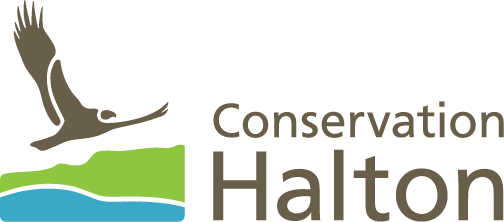Intake Protection Zones (Lake Ontario)
Lake Ontario is the source of drinking water for 92 percent of those who live in the Halton-Hamilton Source Protection Region. Six intake pipes deliver water to four treatment plants located along the shoreline from Oakville to Hamilton. Each pipe is surrounded by a protection zone that identifies where it takes surface water two hours or less to flow to the intake or where significant drinking water threats exist. The protection zones include areas of land adjacent to streams and storm sewers where runoff water can quickly reach the intake. These zones are vulnerable to contamination.
The area considered to be most vulnerable to contamination is the area closest to the intake. The reason for this vulnerability is due to an assumed lack of time for dilution to reduce the concentration of any contaminant released within the zone. Also, there is an assumed lack of time for the operator of the water system to react to the release. To protect this vulnerable area, a circle with one kilometre radius is drawn, centred on the intake and projected to the lake bottom. This zone is called “intake protection zone one” or IPZ-1. Where these circles intersect land the onshore extent is 120 metres.
The intake protection zone two, or IPZ-2, is delineated using a combination of hydrodynamic modelling within the lake and the calculation of time-of-travel within in-land pathways such as creeks and storm sewers that discharge near the lake intakes. Two hours has been set as the minimum amount of time needed for operators of the water treatment plant to react to a contamination concern.
Intake protection zone three, IPZ-3, is an area where modelling has demonstrated that contaminants released during an event may be transported to the intake and cause an adverse effect. The IPZ-3 lies outside of an IPZ-1 and IPZ-2.
Vulnerability of the Intake’s Source Water
The vulnerability scores assigned to the IPZ-1 and IPZ-2 intake protection zones reflect the susceptibility of the intakes to contaminants and is determined based on local knowledge and professional judgment. The score is based on multiplying the following factors:
- an area vulnerability factor, which is set at the maximum value for an IPZ-1 and considers the percentage of the IPZ-2 that is land, the land characteristics (cover, soil type, permeability, slope), and the hydrological and hydrogeological conditions
- a source vulnerability factor, which considers the distance of the intake from shore, the depth of the intake from water surface, and the historical water quality concerns at the intake
A vulnerability score is not given to an IPZ-3.
Intake Protection Zone Mapping
Maps of the intake protection zones are available for review and download at:



